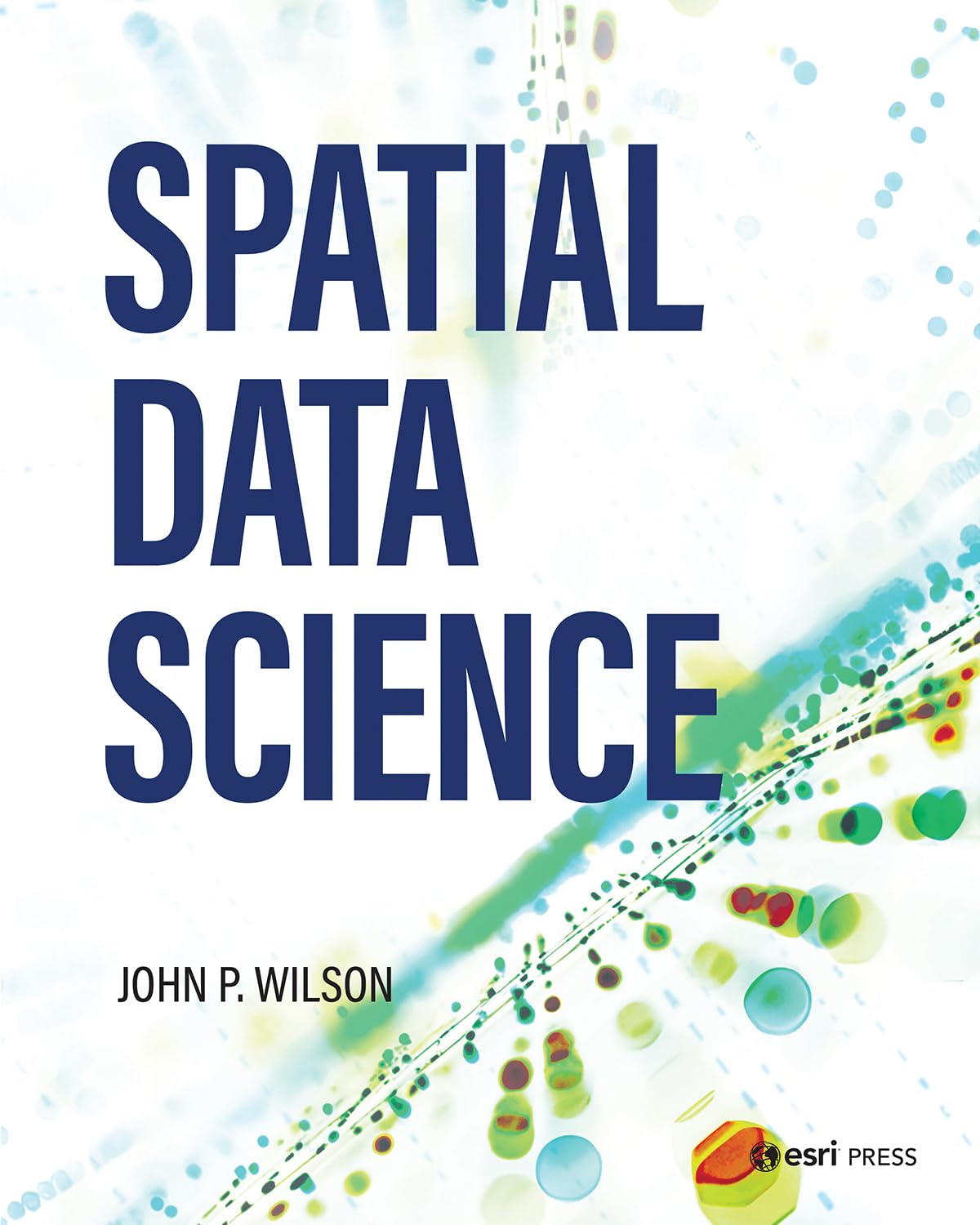How Spatial Data Science Is Revolutionising Data-Driven Decision-Making
Spatial data science, the art and science of interpreting geographic information, is rapidly reshaping industries. From urban planning to climate research, its ability to overlay big data with spatial context has become indispensable for informed decision-making. Now, Esri, a global leader in Geographic Information Systems (GIS), has distilled decades of expertise into a compelling resource: Spatial Data Science.
Authored by John P. Wilson, a distinguished professor at the University of Southern California, this book acts as both a guide and a gateway into the transformative power of spatial analysis. Wilson, the founding director of USC’s Spatial Sciences Institute, brings unparalleled authority, offering readers the tools to harness GIS for innovative problem-solving.
Let’s dive into the key themes of this ground-breaking work and why it’s a must-read for GIS practitioners, scientists, and data enthusiasts alike.
Transforming Data Into Actionable Knowledge
The explosion of big data has opened up new frontiers, but without spatial context, many insights remain obscured. Wilson’s Spatial Data Science demonstrates how geographic perspectives breathe life into static datasets. By integrating cloud computing, geospatial analytics, and advanced modelling techniques, professionals can now unearth patterns and trends hidden within their data.
For instance, environmental researchers can map the spread of pollutants, while urban planners might identify underserved areas needing infrastructure investments. With spatial data science, actionable knowledge is no longer a pipe dream—it’s a reality.
Powering Innovation
At the heart of this spatial revolution is Esri’s ArcGIS platform, which features prominently throughout the book. From mapping and analysis to advanced machine learning applications, ArcGIS provides a robust foundation for spatial data scientists to conduct predictive modelling. Esri’s software suite isn’t just a tool; it’s the engine driving solutions for organisations in over 100 countries.
Key Themes Explored in Spatial Data Science
Wilson’s book is more than a technical manual; it’s a roadmap for the future. The six chapters cover a broad spectrum of topics critical to spatial data science:
- The Evolution of Spatial Data: Explore the rapid growth of geospatial information and its transformative impact across industries.
- Cloud Computing Meets GIS: Understand how cloud infrastructure accelerates big data analysis.
- Harnessing Geospatial Big Data: Learn to synthesise vast datasets for meaningful insights.
- Advancements in Computational Methods: Discover cutting-edge tools that redefine what’s possible in data science.
- Innovative Data Sources: Dive into emerging technologies like satellite imagery and IoT sensors.
- Practical Applications of Spatial Analysis: See real-world examples of how spatial data science solves pressing challenges.
These chapters not only educate but also inspire, bridging the gap between theory and practice.
Who Should Read This Book?
The audience for Spatial Data Science spans a diverse range of disciplines. While GIS professionals and students are obvious beneficiaries, the book also caters to:
- Computer Scientists: Interested in integrating spatial elements into AI and machine learning projects.
- Engineers: Seeking to optimise infrastructure design with spatial insights.
- Statisticians: Applying geospatial methods to improve forecasting accuracy.
- Policy Makers: Leveraging data-driven decisions to shape smarter cities.
By tailoring its insights to such a wide audience, Spatial Data Science positions itself as an indispensable resource across sectors.
Real-World Applications
The book doesn’t just theorise; it provides tangible examples of spatial data science at work. Consider public health officials using GIS to map disease outbreaks, enabling faster, targeted interventions. Or logistics companies optimising delivery routes through spatial analysis, reducing both costs and emissions.
While the technology is impressive, Wilson never loses sight of its human impact. His research underscores how GIS empowers communities, helping them make better decisions for a more sustainable future.
A Leader in GIS
Founded in 1969, Esri has consistently pushed the boundaries of what’s possible with GIS. Headquartered in Redlands, California, the company supports organisations worldwide—from Fortune 500 firms to nonprofits. Esri’s pioneering approach integrates location intelligence into solving real-world problems, be it natural disaster response or resource management.
With regional offices and partners in over 100 countries, Esri’s influence is truly global. This book, therefore, is more than a publication—it’s a testament to Esri’s mission of enabling better decisions through the power of location.
Embracing the Spatial Revolution
Spatial data science isn’t just a niche; it’s the backbone of modern data-driven strategies. Whether you’re a GIS veteran or a curious newcomer, Spatial Data Science equips you with the knowledge to tackle today’s challenges head-on. In a world awash with data, this book shows how to focus on what truly matters: turning information into insight and action.
For professionals and organisations alike, adopting a spatial perspective is no longer optional—it’s essential. Esri’s Spatial Data Science offers the roadmap. Will you take the journey?





















